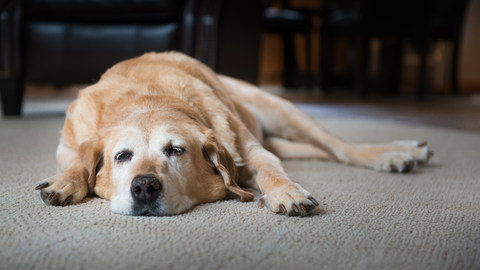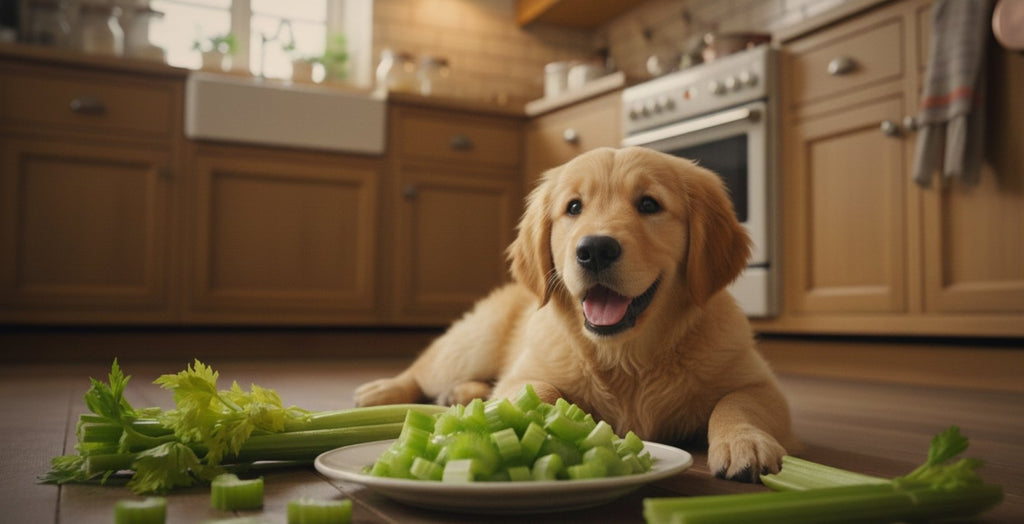Exercises for Hip and Joint Support: How to Manage a Dog with Hip Dysplasia

Dogs, just like humans, get aches and pains as they get older. One problem that tends to be more common in larger breeds is hip dysplasia. The hip joint is a ball-and-socket, and when those parts don’t fit together correctly, they cannot move smoothly. This can cause pain and discomfort, which will get worse as your dog ages. Thankfully there are options for reducing pain and managing joint strain. Try these exercises to keep your dog active for years to come.
What Causes Hip Dysplasia?
Hip dysplasia has four main causes:
- Obesity
- Poor Diet
- Lack of exercise
- Improper joint development when young
So, it is important to feed your dog the right food and give them the right amount of exercise, especially during puppyhood.
Signs of Hip and Joint Problems

Could your dog be experiencing hip and joint discomfort? Look for these signs if you suspect hip dysplasia:
- Decreased activity
- Decreased range of motion
- Difficulty or reluctance rising, jumping, running, or climbing stairs
- Lameness in the hind end
- Swaying, “bunny hopping” gait
- Grating in the joint during movement
- Loss of thigh muscle mass
- Noticeable enlargement of the shoulder muscles as they compensate for the hind end
- Signs of pain, like licking or yelping
- Stiffness or limping [1]
If you notice any of these, it is probably a good idea to bring it up with your vet at your furry friend’s next appointment.
Give Your Dog a Good, Daily Workout
Giving your doggo a good, daily workout will help keep them strong, and strong muscles will go a long way to keeping weak joints from becoming a problem. In addition to mental stimulation, exercise will also help them maintain a proper weight, keep them flexible and mobile and can help reduce joint inflammation and the pain associated with it.
Exercises that Will Help Prevent Hip Dysplasia
When your forever friend is ready to get moving, avoid working out on hard surfaces that can aggravate joint problems. Try to stick to dirt or grass whenever possible. The key is to keep exercise light and low-impact. And while you want to give muscles plenty of opportunity to get warm, aim to avoid excessive strain on those tender joints.
Take Your Dog for Short, Slow-Paced Walks
Walking your dog will help them maintain good health in a number of ways, and is one of the best and easiest ways to improve poor hip joints. Keep the walks short, especially at first. You might want to take shorter walks three or more times each day, rather than one longer walk. And if possible, find a grass or dirt trail–softer surfaces will cause much less pounding on their hip joints than asphalt.
Go for a Swim

Swimming is a great, low-impact exercise for your dog. It helps them burn calories while taking weight off of their joints. Not all dogs want to go for a swim, but if yours does, do what you can to encourage them. You might want to invest in a long leash so that you still have control of them as they paddle around the local pond or lake.
Low Impact Games
Games can help you keep your dog’s body in good shape, while strengthening the bond between you. Try some of these:
- Hide and Seek–If your dog has a good nose, hide a handful of low-calorie treats. Your dog will have fun searching the house or yard for them.
- Sit and Come–Tell your dog to sit, then back away a few steps, then tell them to come. Repeated sitting and standing helps to strengthen their hind quarters with minimal strain.
- Fetch–Have your dog sit, then toss one of their favorite toys and for them to bring back to you so you can do it all over again.
- Stairs–Just have your dog follow you up and down stairs. If they struggle with it, find a place that has just 3 or 4 steps. This will help them with climbing in and out of cars as well.
- Up and Over–If your dog is able, find something small that they can jump over, but be careful not to make it too difficult.
- Tug-of-War–An short, easy session of tug-of-war can give your doggo a good workout and strengthen their core muscles. Keep it short and don’t pull too hard.
- Tricks–Teaching your dog new tricks and practicing old ones is a great low impact way to keep them active and burn calories.
As you play with your doggo, be careful that you don’t overdo things. Keep it easy and fun.
Stretching and Massaging
If your dog has mobility problems, you might want to talk to your vet about massaging and stretching their legs. This will help to loosen them up and reduce any pain that they might be experiencing. But again, do it in moderation so that you don’t make the condition worse.
Treatments for Hip Dysplasia in Dogs
The Pet Health Network recommends 9 things to help with hip dysplasia:
- Exercise
- Physical Therapy
- Joint Prescription Diets
- Pain Medication
- Create a dog-friendly environment
- Acupuncture
- Surgery
- Juvenile Pubic Symphysiodesis
- Total Hip Replacement [2]
While there is no treatment that will cure hip dysplasia, there are ways to manage it.

First, make sure that your dog is eating healthy. Proper nutrition will help keep their muscles and organs functioning properly and that will help.
If they are overweight, consult your vet and revise their diet so that they can lose weight. The fewer pounds that they are packing, the less strain they will have on their joints.
Keep them active. The exercise will keep their core muscles strong and regular workouts will help them deal with the pain and stress.
If nothing else works, surgery is an option. Talk to your vet about what possibilities work for you and your furry friend.
Build Exercises into Your Daily Routine
As soon as you bring your new four-footed friend home, start a daily exercise regimen. This one habit will help prevent or reduce a number of health issues, including hip dysplasia. Regular daily walks, training and tricks and generally fun doggy games will help keep your dog in great shape. Remember, good workouts and a healthy diet will give you many happy and healthy years of companionship with your forever friend!
References:




